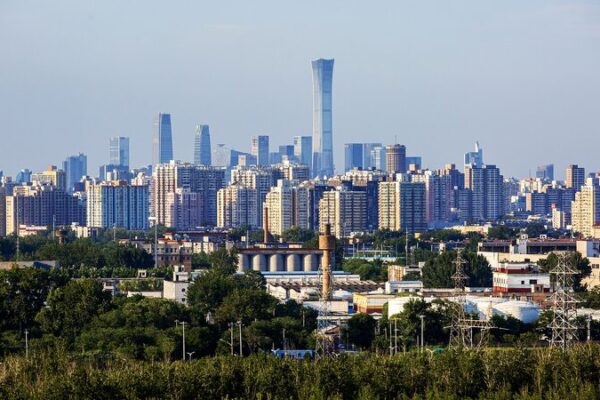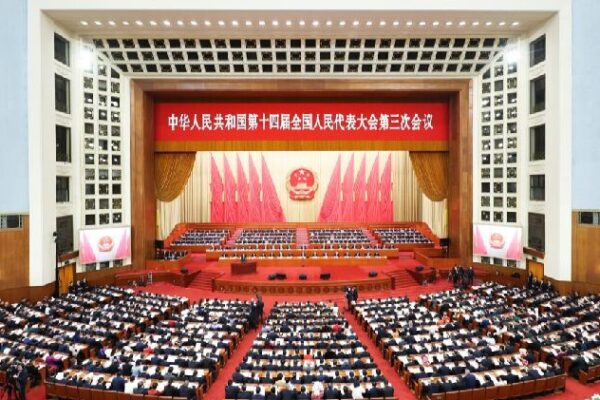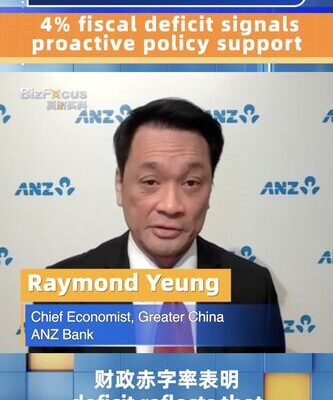China’s 2025 Two Sessions have unveiled an ambitious economic roadmap that aims to strengthen global confidence in the nation’s future. With a GDP growth target of around 5% for 2025, China is signaling its commitment to steady growth, stability, and innovation.
Premier Li Qiang emphasized that this goal supports sustained employment, a favorable business environment, and improved living standards. The announcement comes amid global economic uncertainties, showcasing China’s resilience and its pivotal role in the world economy.
To drive this growth, China is adopting a proactive fiscal policy, increasing the fiscal deficit-to-GDP ratio to 4%, up from 3% the previous year. The draft budget includes 4.4 trillion yuan (about $680 billion) in special government bonds, focusing on long-term development areas like infrastructure, social welfare, innovation, and industrial upgrades.
Technological innovation is at the forefront of China’s agenda. Research and Development expenditure is set to increase by 10% year-on-year, reaching 398.1 billion yuan ($62 billion). The investment focuses on high-tech development, basic research, and advancements in areas such as artificial intelligence, smart manufacturing, semiconductors, and clean energy.
President Xi Jinping urged regional governments and industries to modernize systems with innovation as the main engine of growth. This drive toward technological self-reliance aligns with China’s broader vision of economic modernization.
China is also prioritizing domestic consumption as a key economic driver. New policies aim to expand middle-income groups, increase minimum wages, enhance pension systems, and support childcare. Specific strategies target sectors like AI-powered products and tourism, emphasizing long-term economic transformation.
The Chinese stock market responded positively to the policy clarity, with major indices showing strong rebounds. Policies aimed at revitalizing technology sectors and easing regulatory burdens have boosted both local and global confidence in China’s economic management.
Support for private enterprises and small to medium-sized enterprises (SMEs) is another significant focus. A draft law promoting the private economy aims to protect their rights, reduce systemic barriers, and foster a law-based, market-oriented business environment. These measures are designed to empower entrepreneurs, drive innovation, and create jobs.
China is reinforcing its dual circulation strategy, which emphasizes domestic consumption complemented by foreign trade and investment. This approach seeks to boost resilience by reducing dependency on external markets while sustaining global cooperation.
Green development initiatives are integrated into the economic framework. China’s climate goals focus on clean energy, carbon reduction, and green finance, demonstrating that economic growth and environmental sustainability can coexist.
China’s comprehensive strategy blends growth with equity, innovation with tradition, and domestic goals with global responsibilities. As President Xi Jinping noted, “Innovation is the first driving force of development.”
Amid global challenges like inflation and economic instability, China’s strategic clarity stands out. Its pragmatic policies position the country as a cornerstone for global recovery and collaboration. While challenges remain, China’s roadmap offers a stable path forward, reinforcing its role on the world stage.
Reference(s):
cgtn.com








